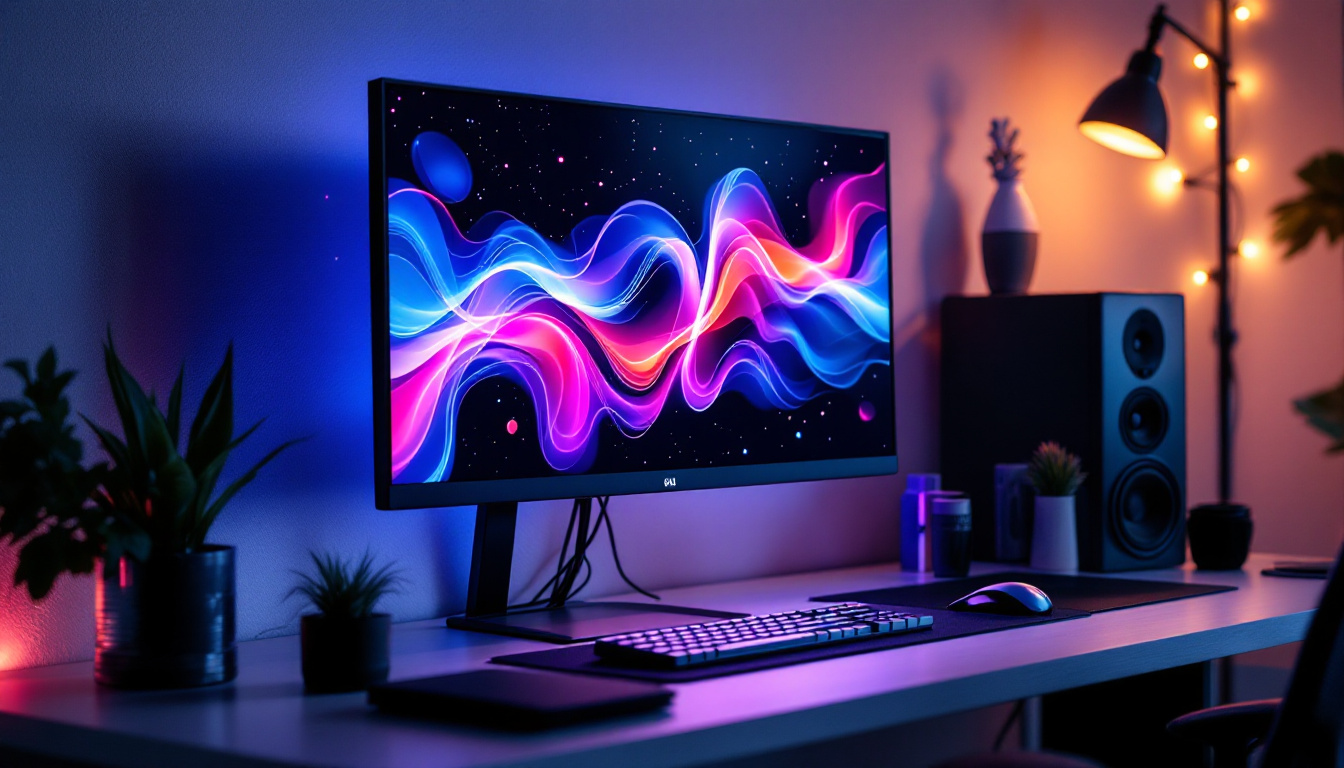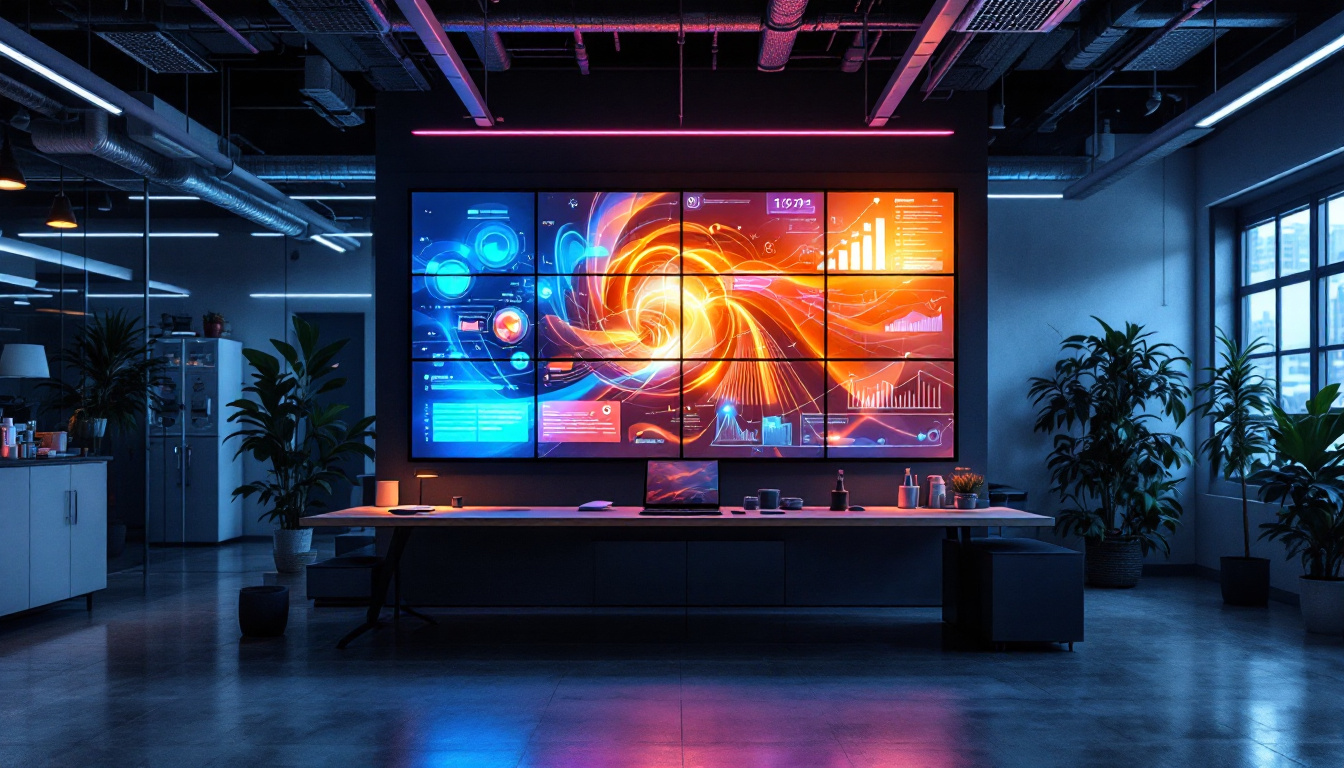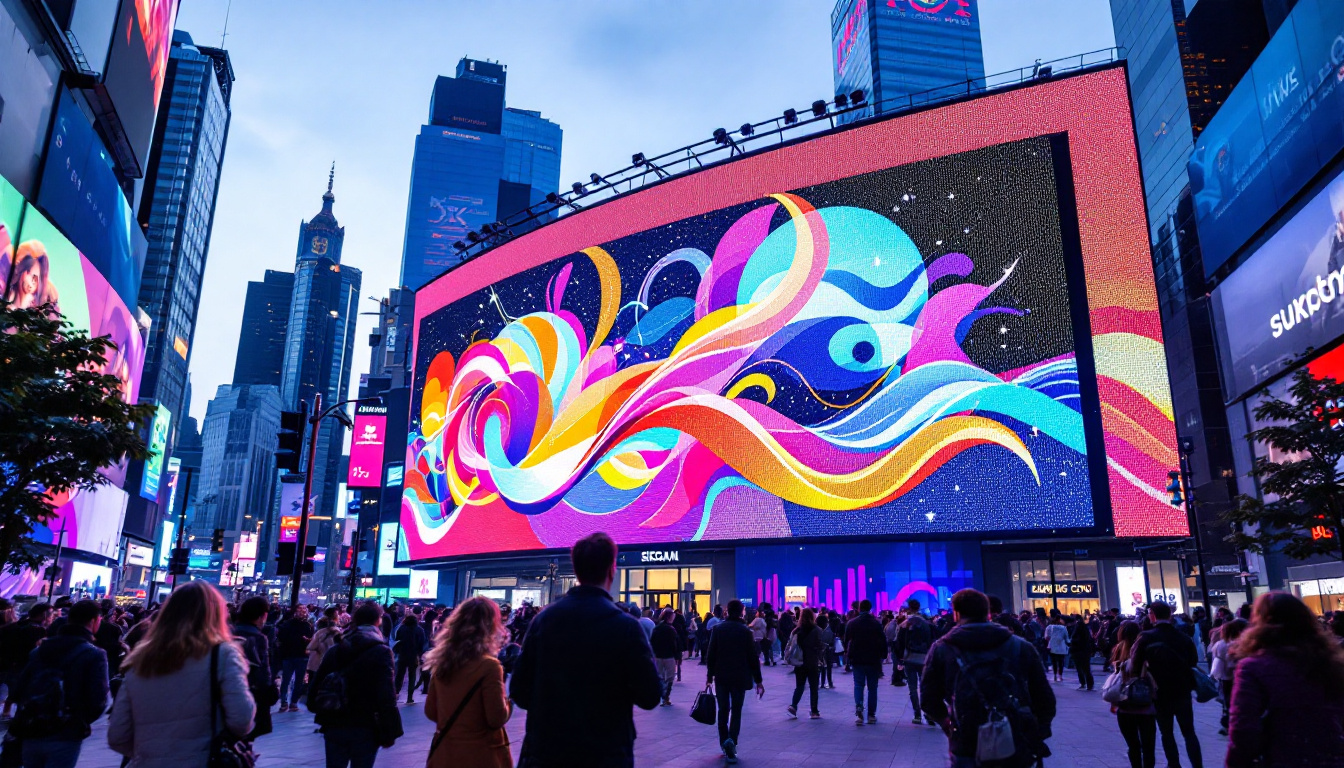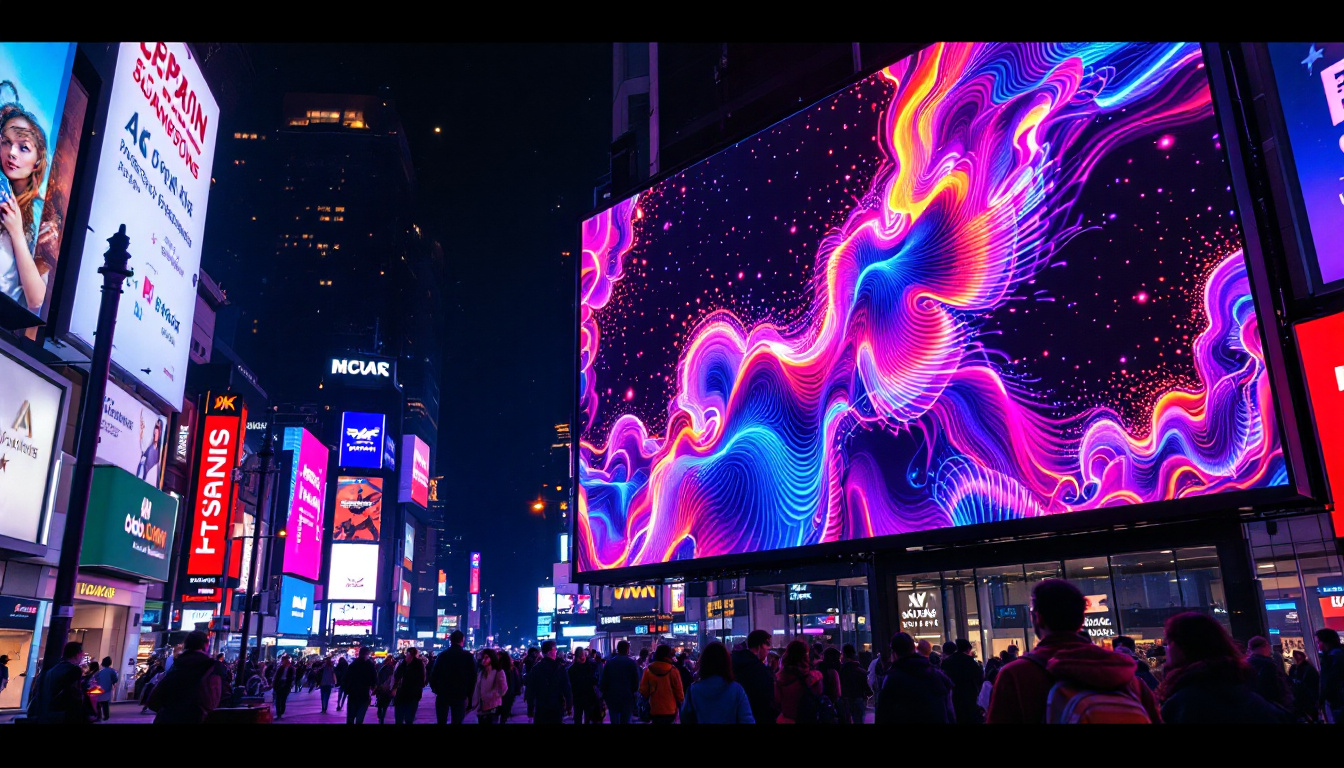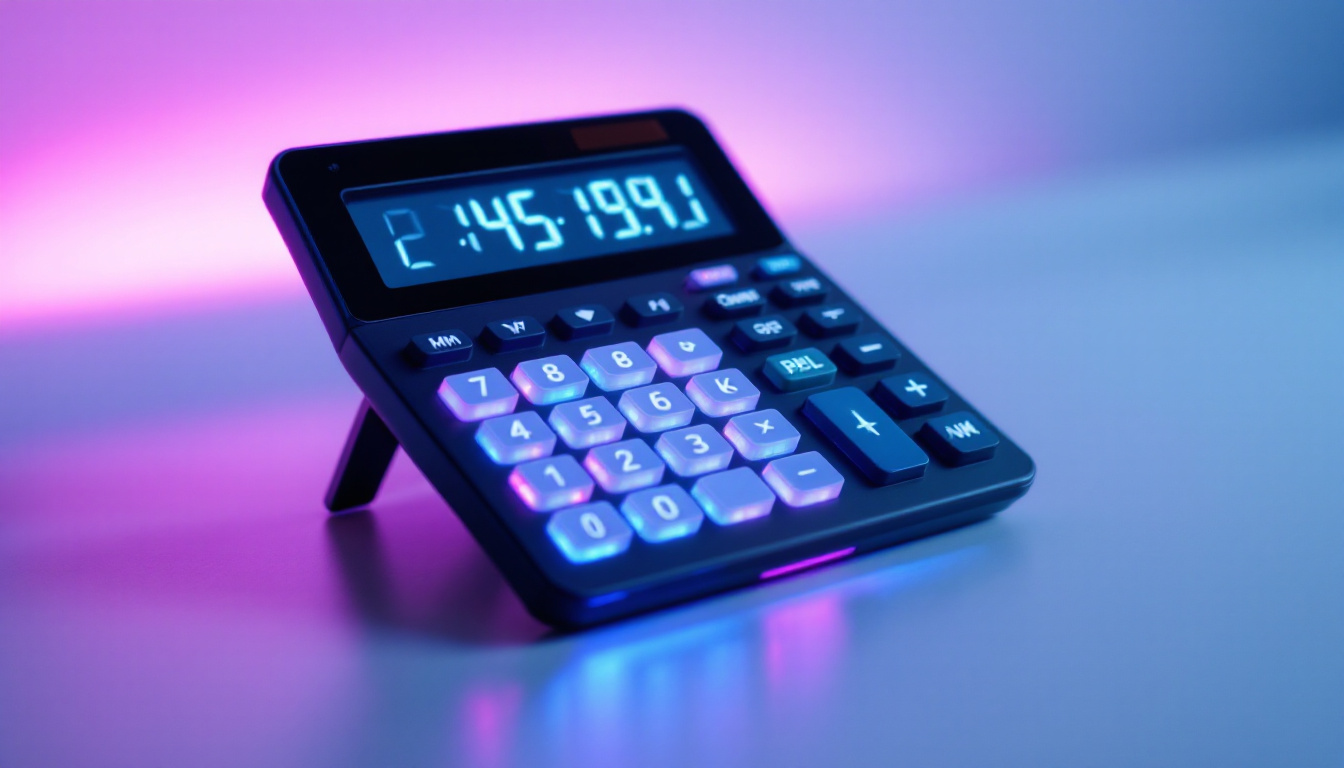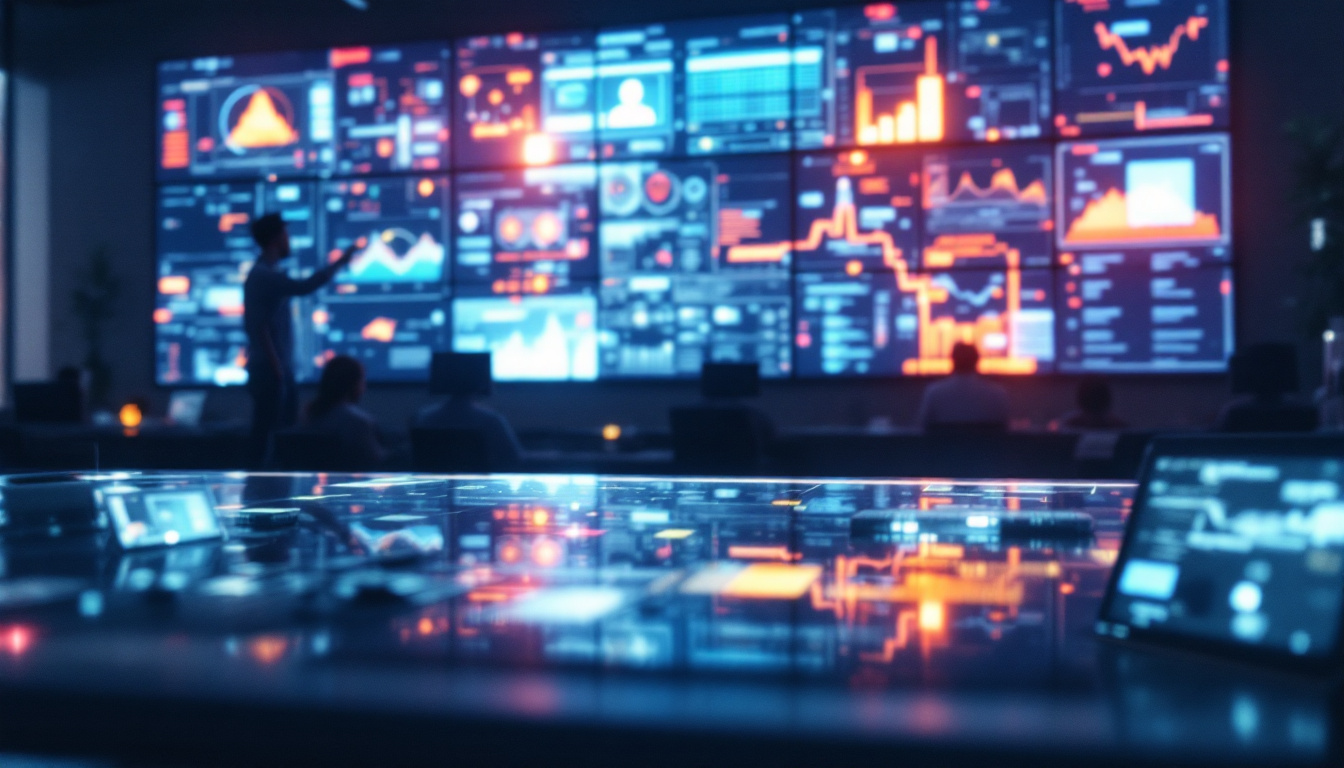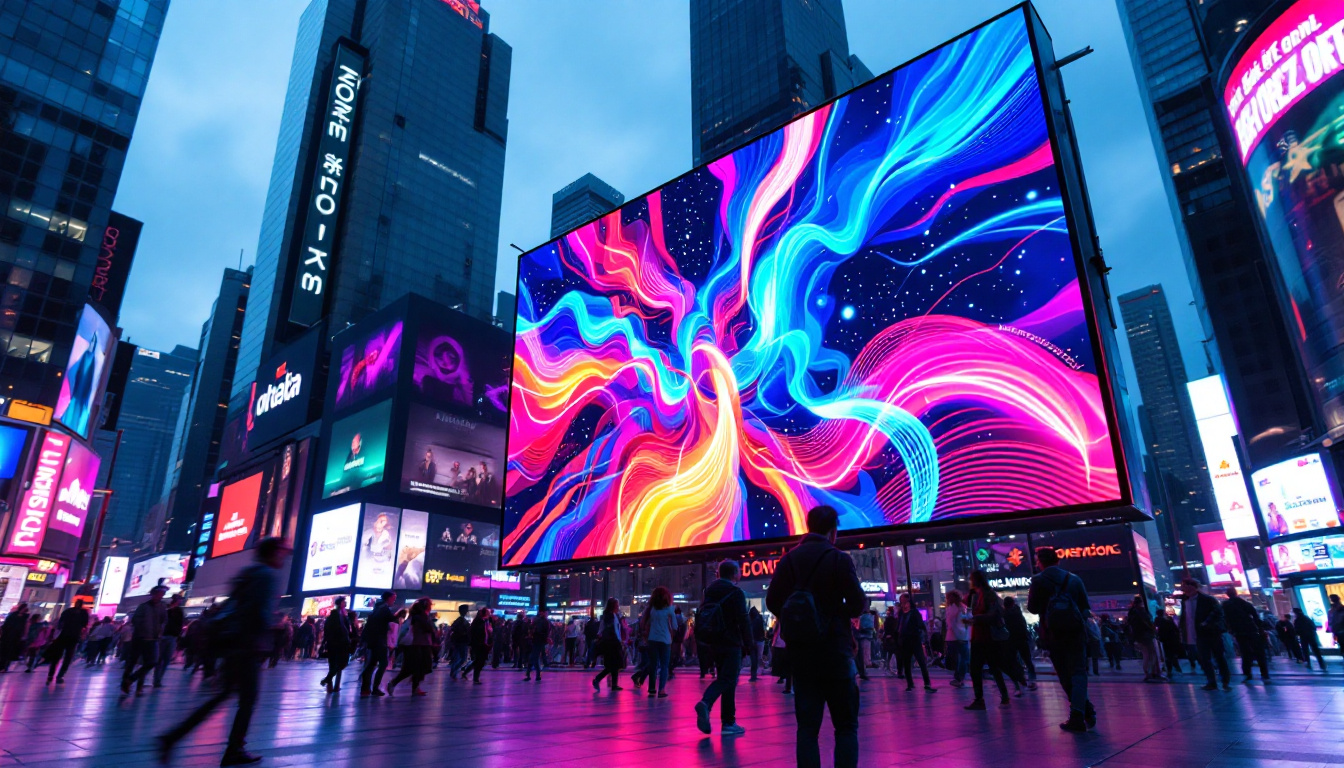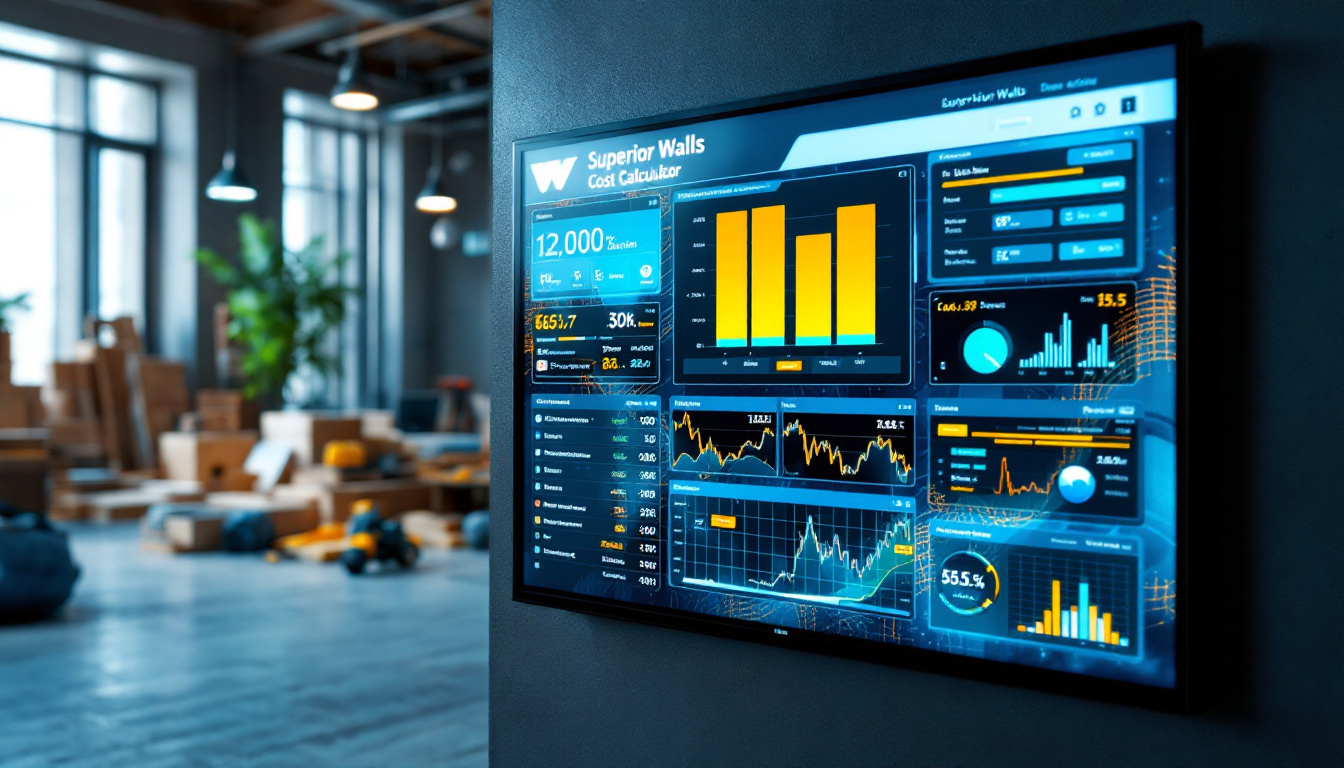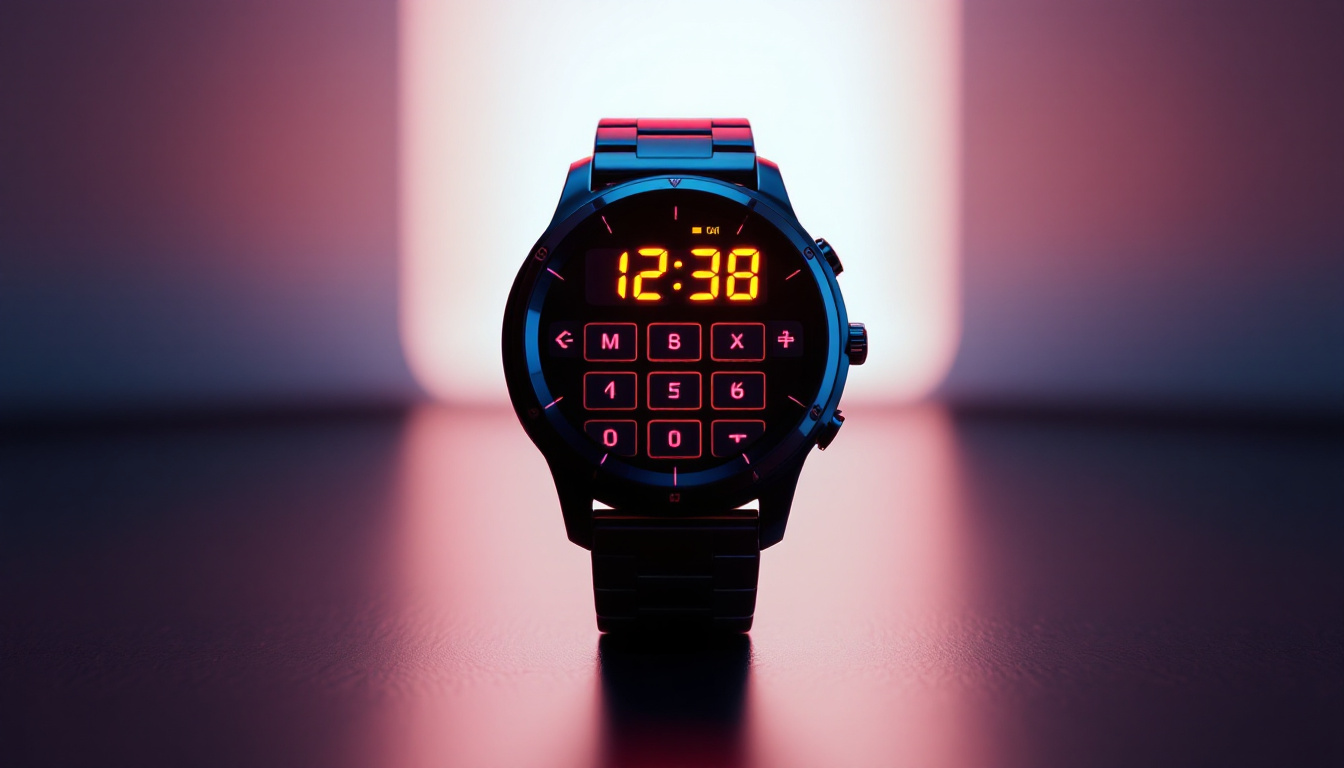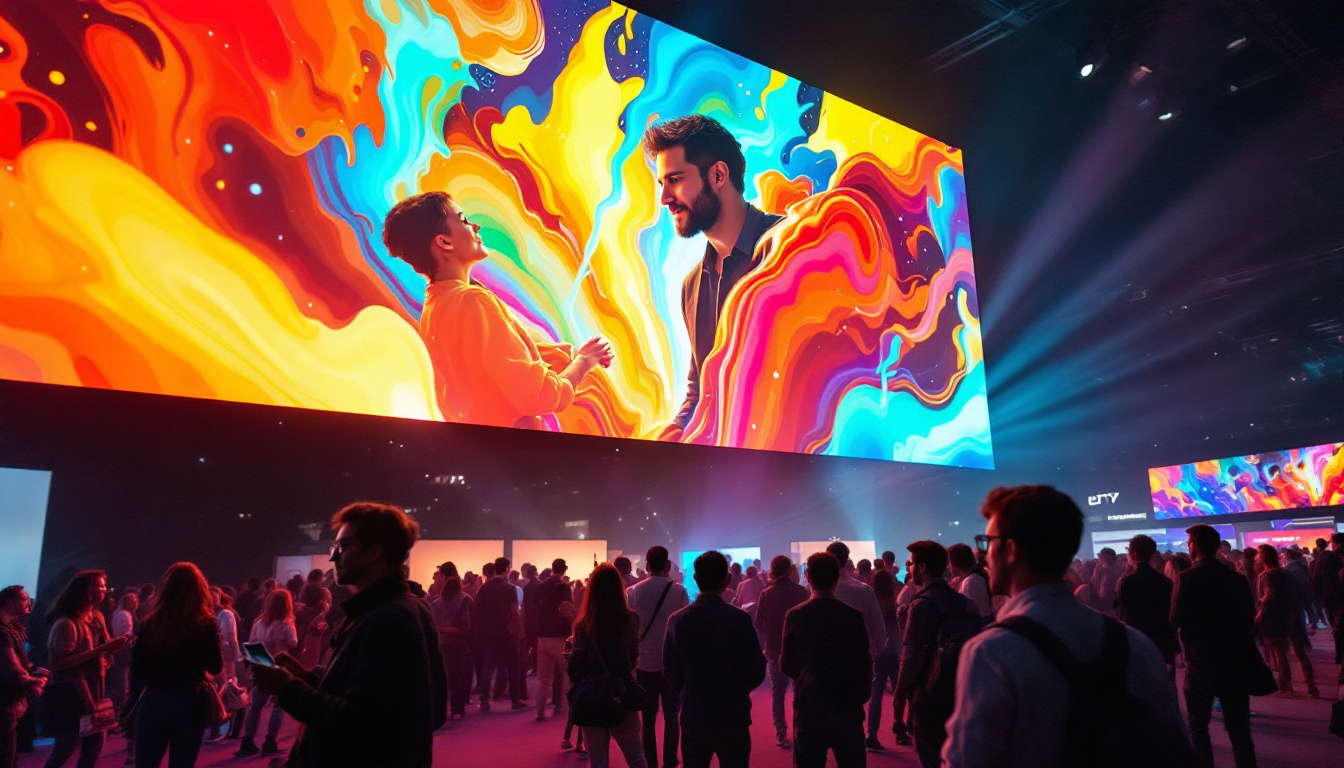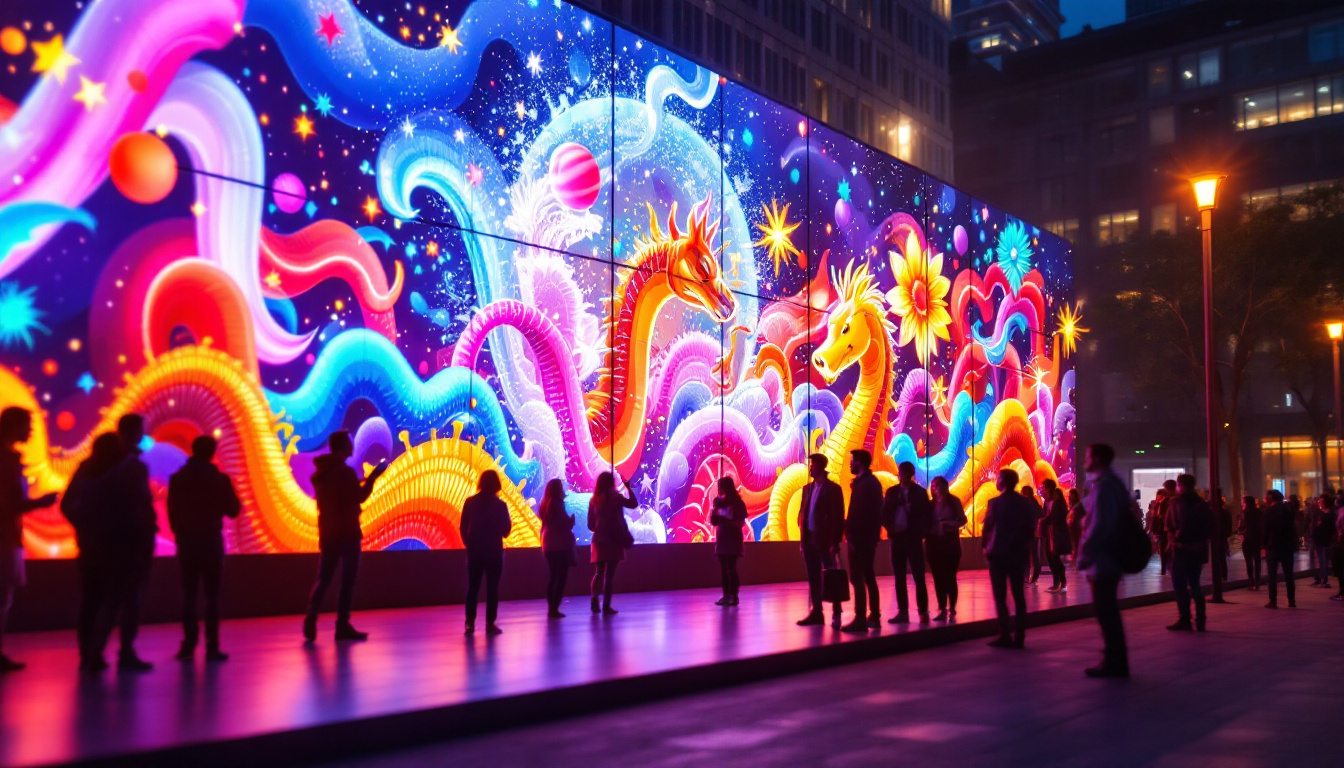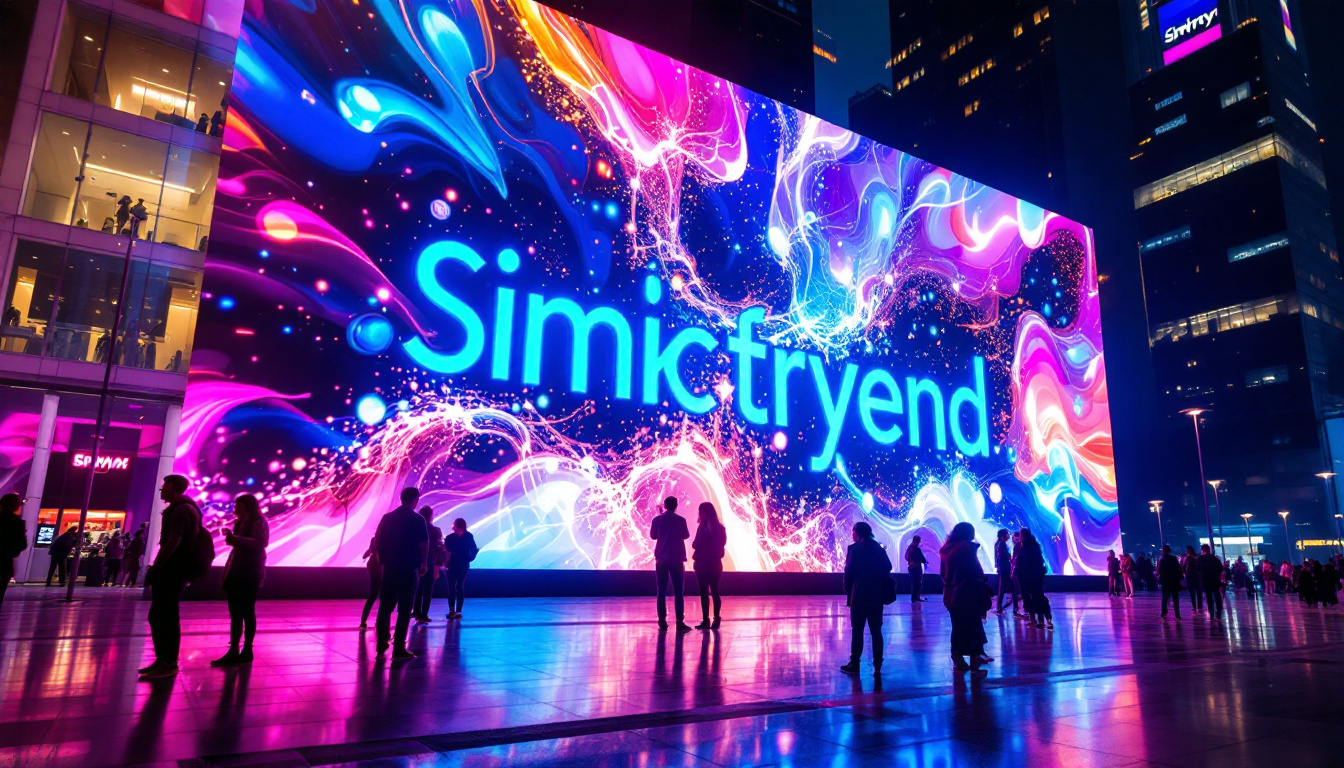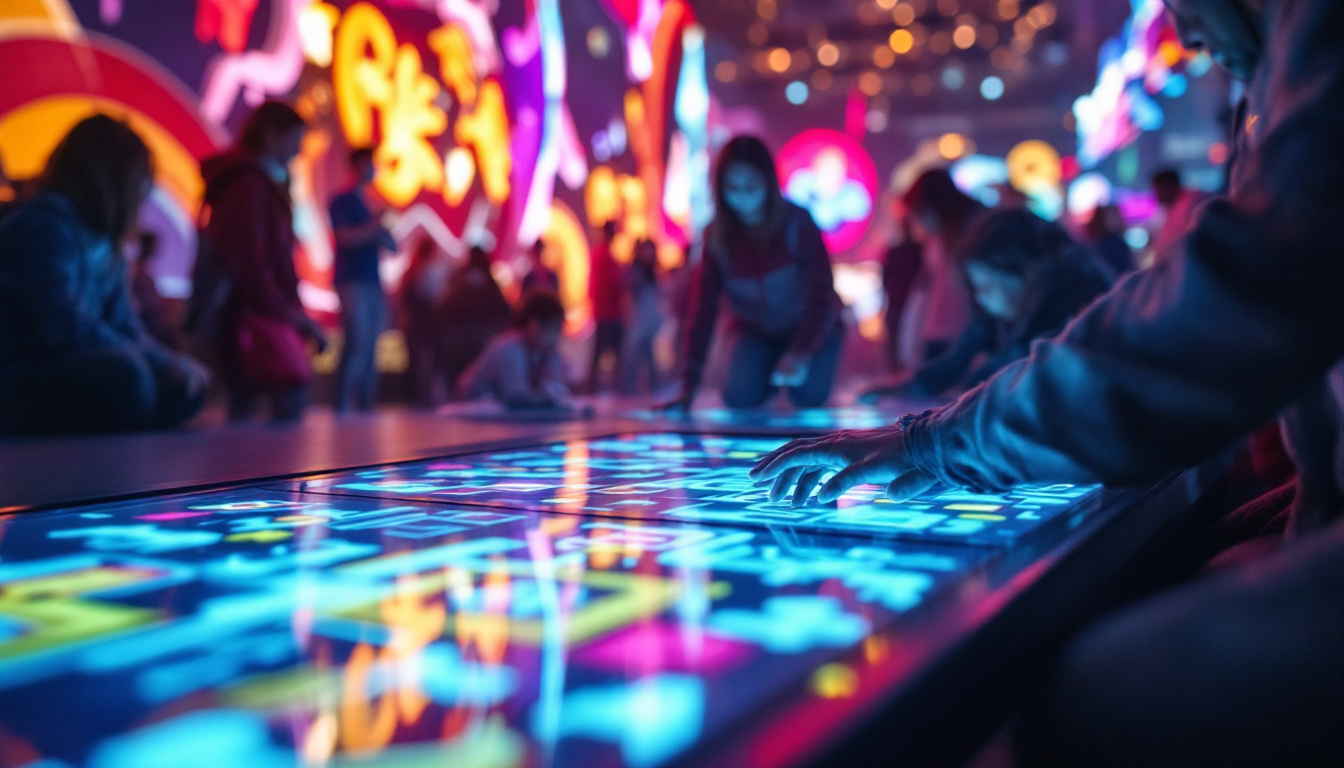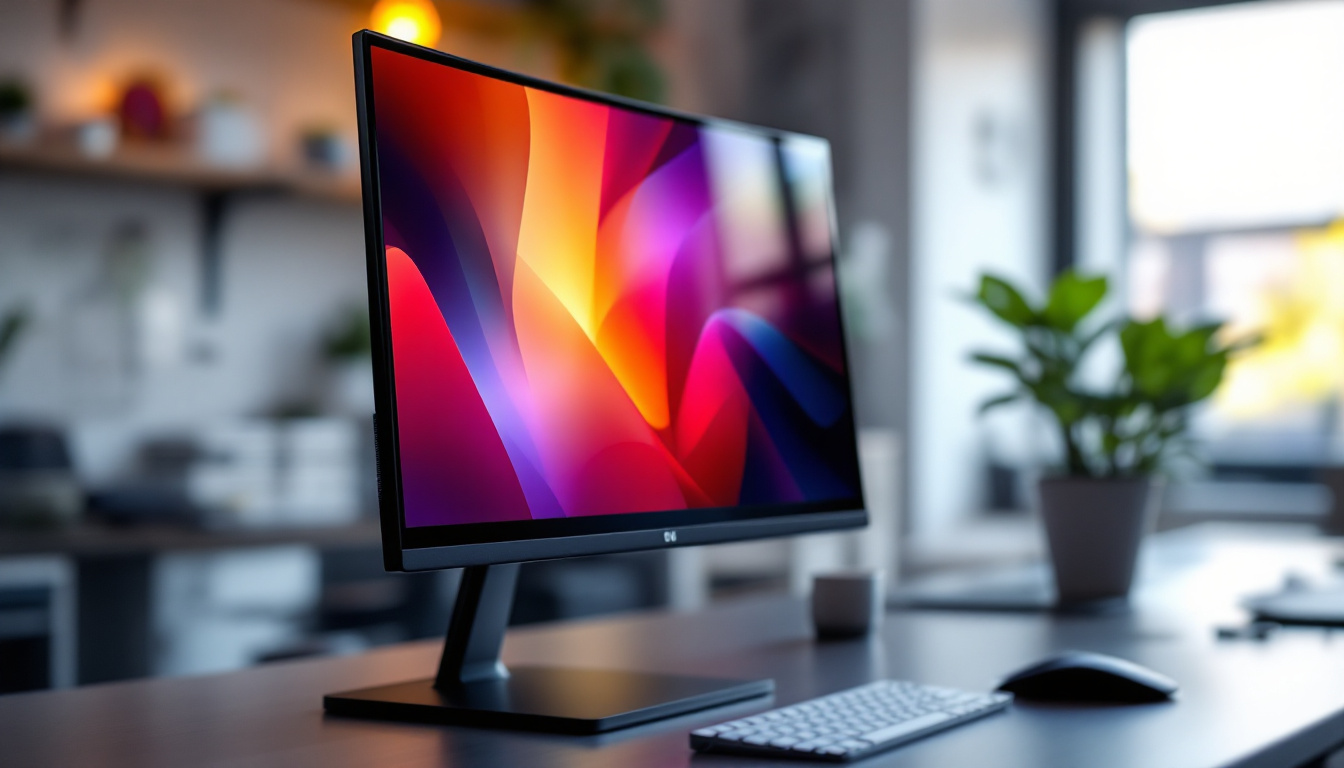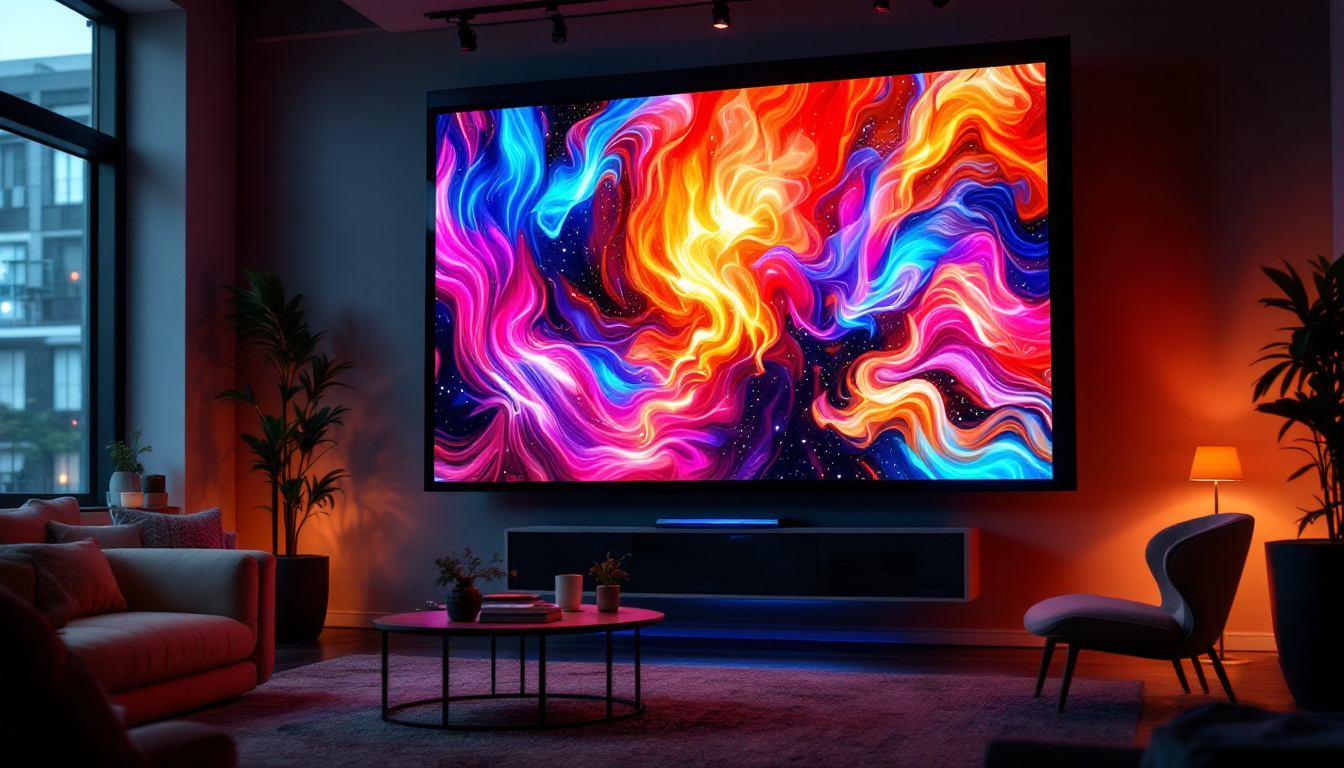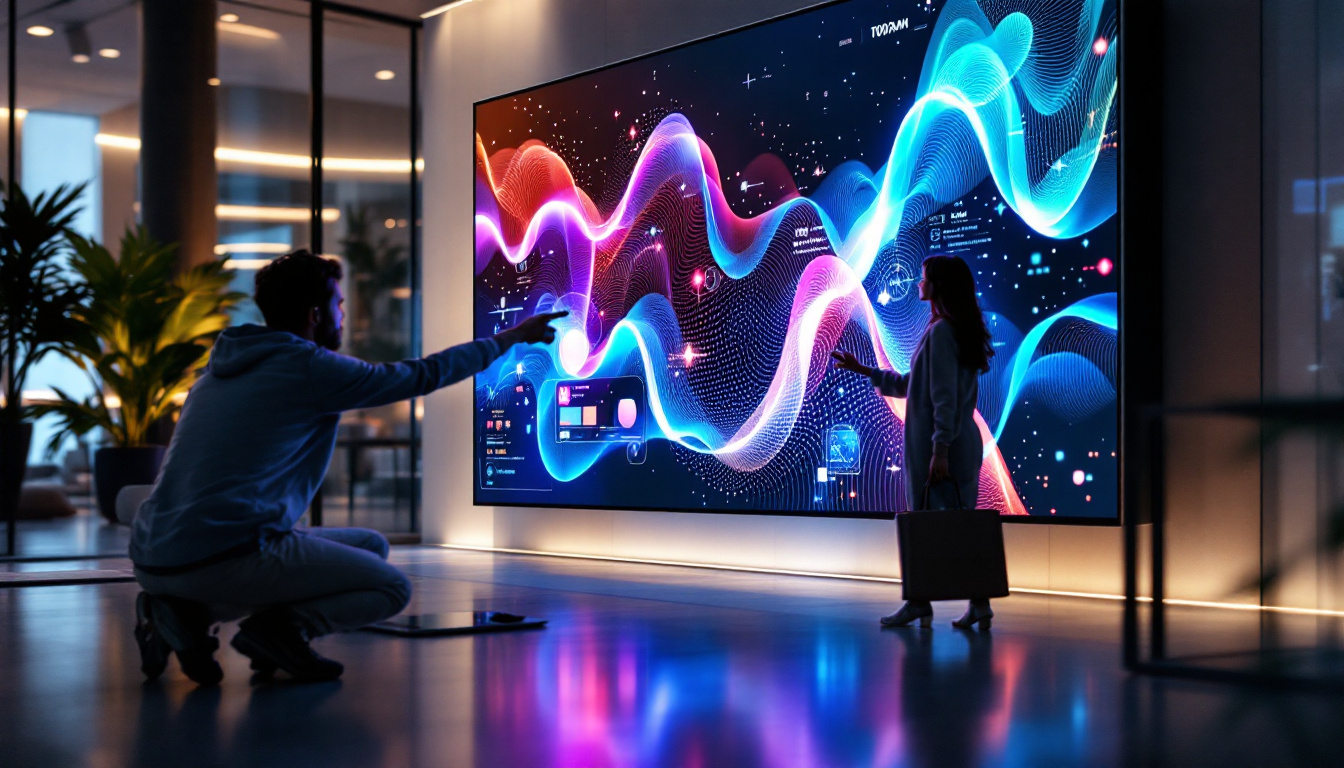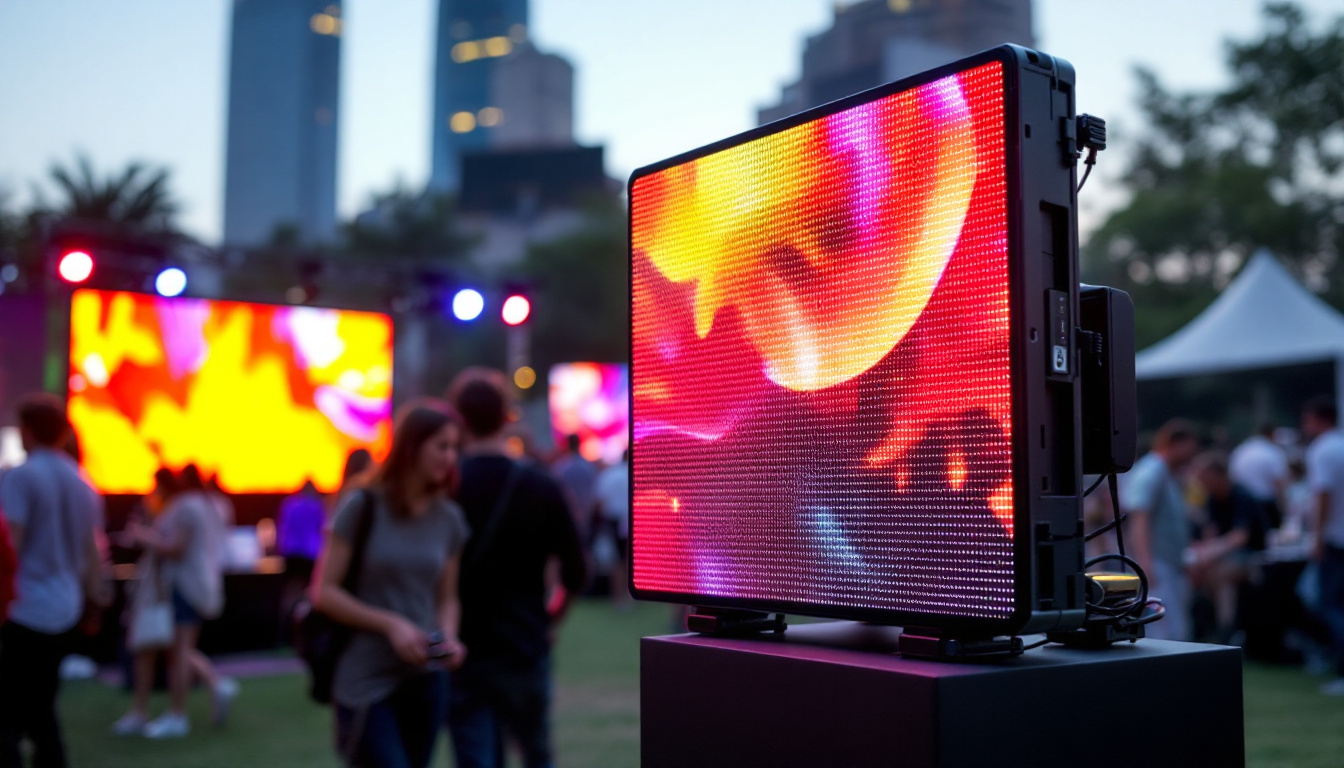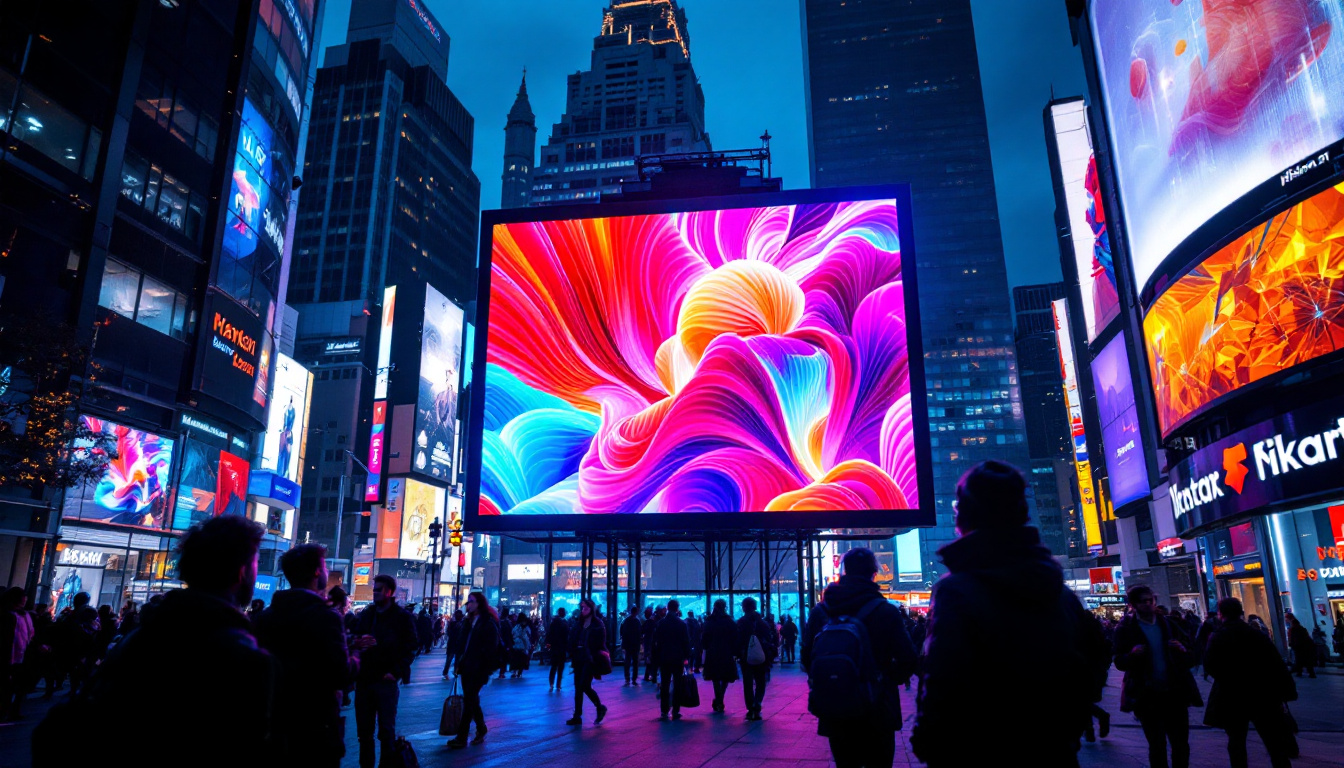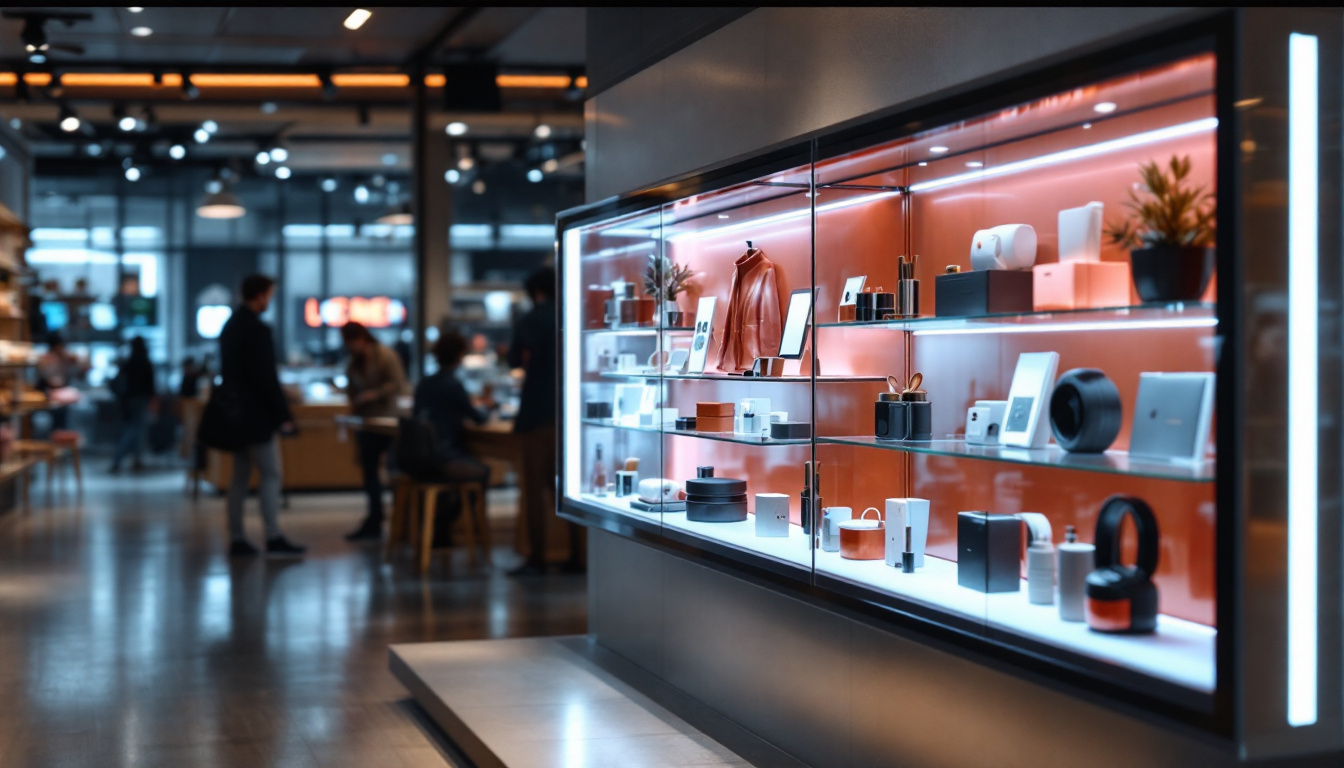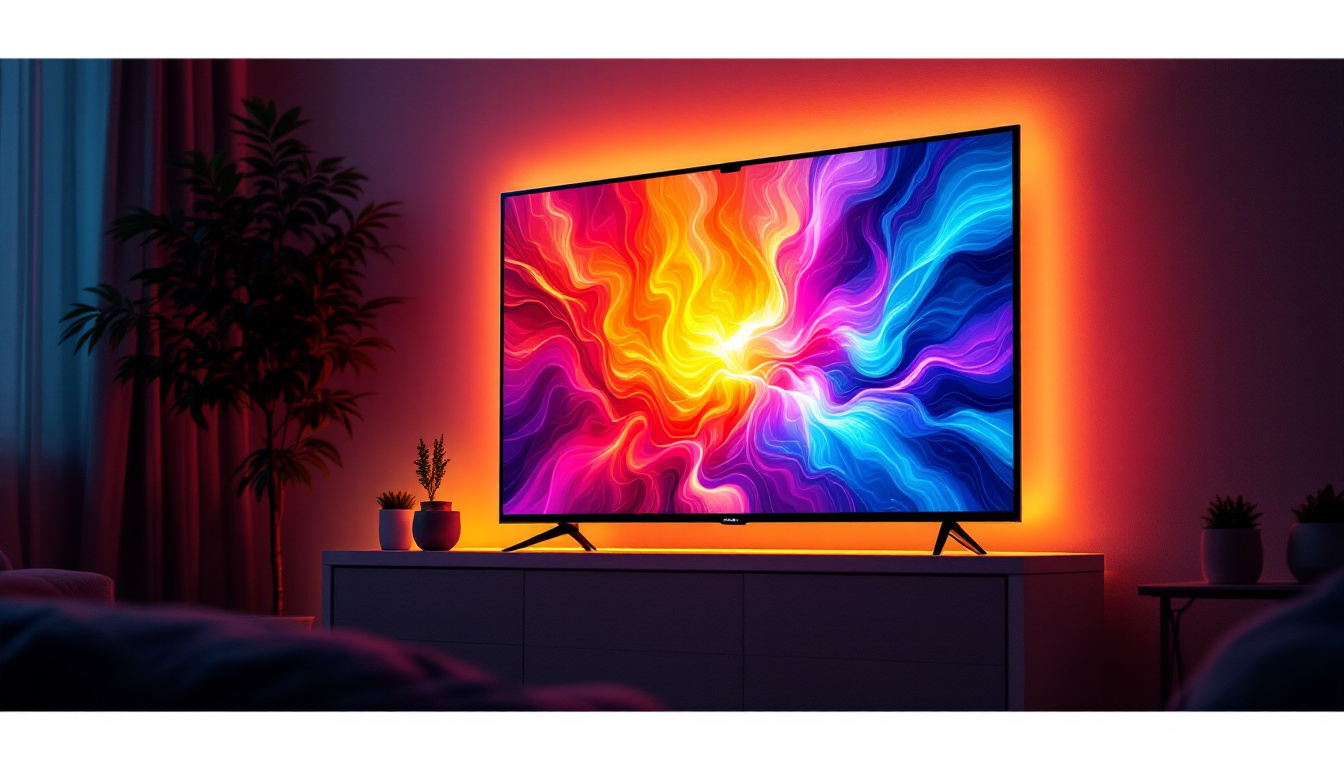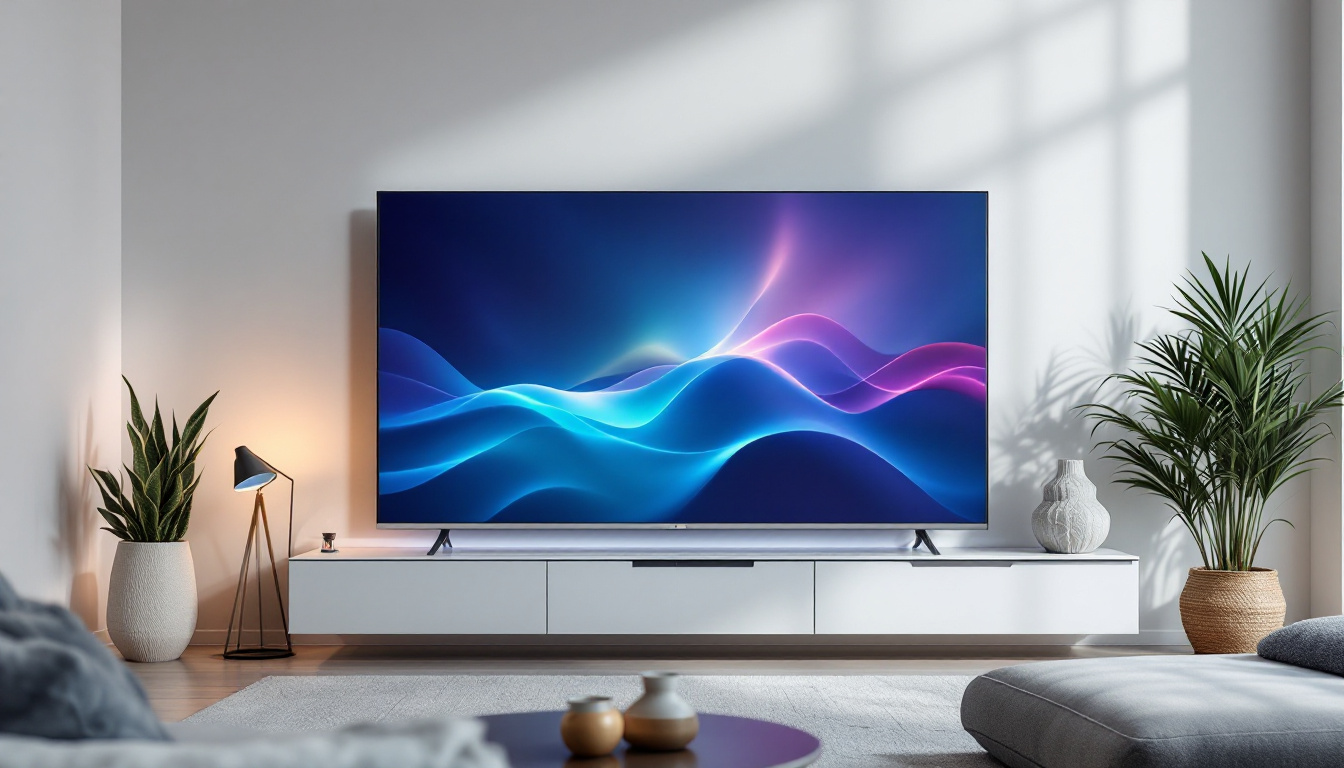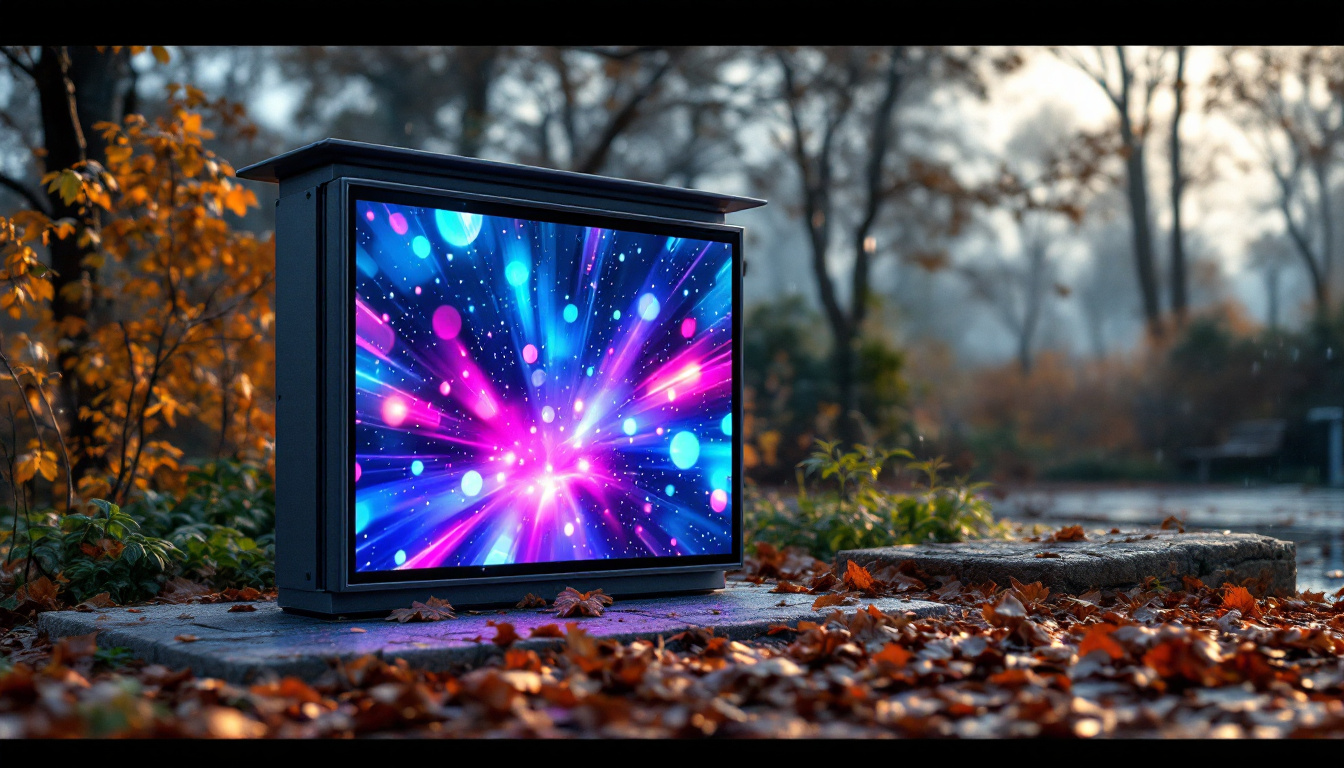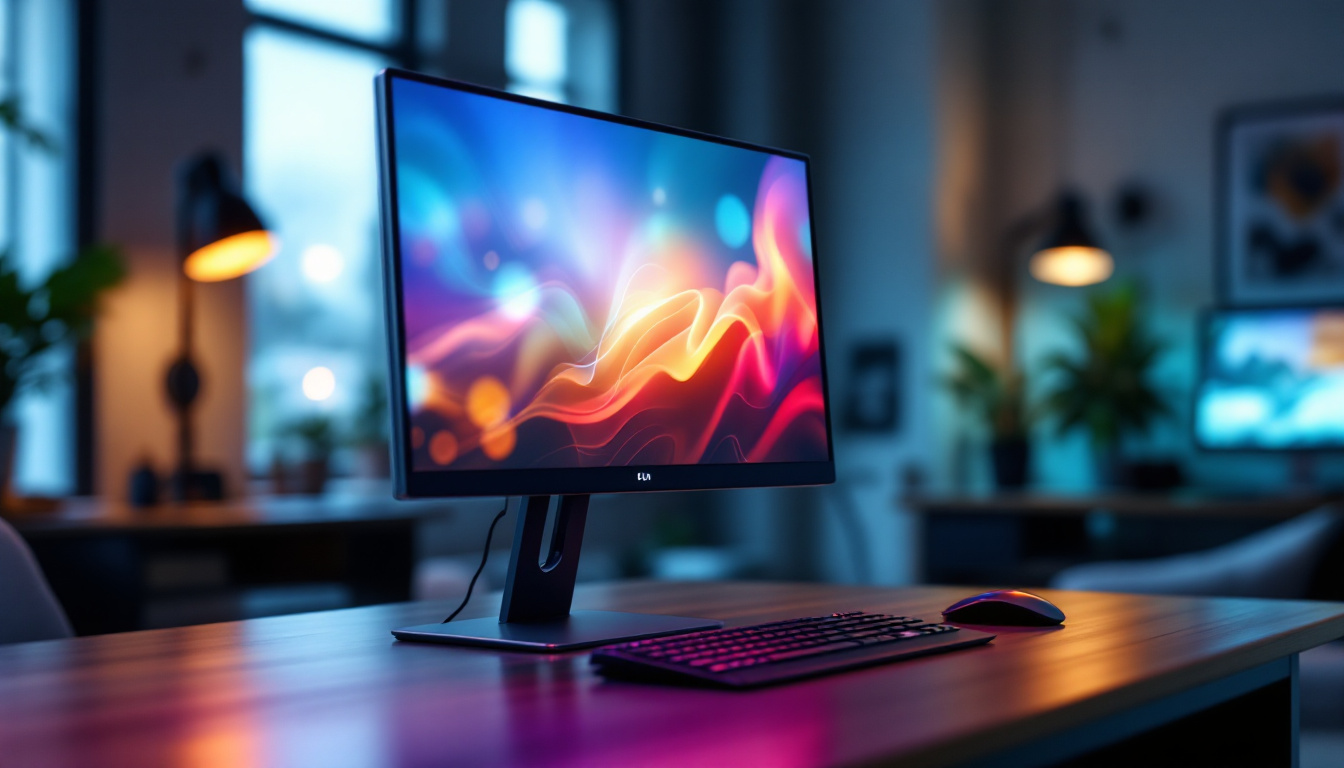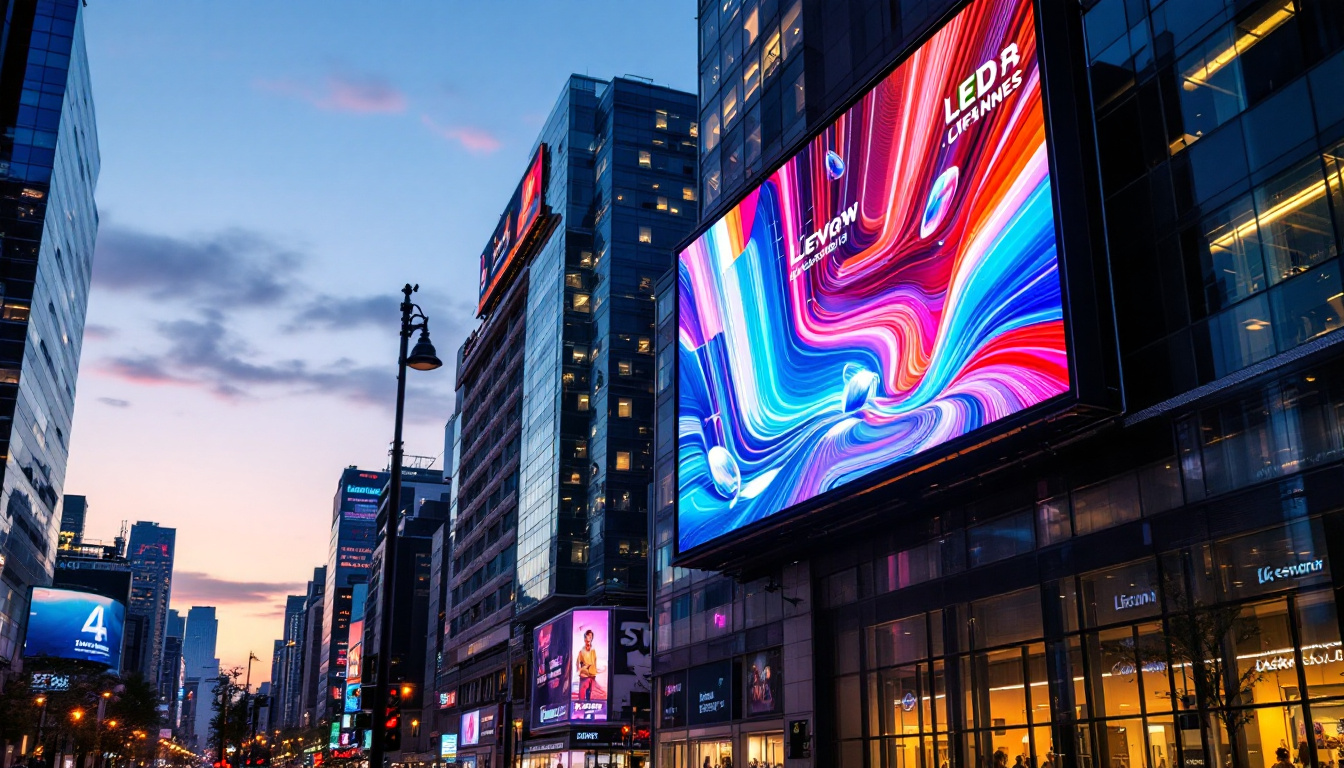In the realm of computer technology, the monitor stands as a crucial interface between the user and the digital world. With the evolution of display technology, LED (Light Emitting Diode) displays have emerged as a popular choice for both casual users and professionals alike. This article delves into the intricacies of LED displays, their advantages, and the various types of monitor stands that complement them.
Understanding LED Display Technology
LED displays are a type of flat panel display that utilizes light-emitting diodes to produce images. Unlike traditional LCDs, which rely on fluorescent backlighting, LED displays can achieve greater brightness and contrast ratios. This technology has revolutionized the way images are rendered on screens, making them more vibrant and lifelike. The advancements in LED technology have not only improved visual quality but have also led to energy efficiency, making them a more sustainable choice in various applications, from televisions to large-scale advertising billboards.
How LED Displays Work
At the core of LED technology is the use of semiconductor materials that emit light when an electric current passes through them. In a typical LED display, millions of these tiny diodes are arranged in a grid. Each pixel is made up of red, green, and blue diodes, which can be adjusted in intensity to create a full spectrum of colors. This precise control over light emission allows for stunning visuals that can adapt to different lighting conditions, enhancing the viewing experience whether in a dimly lit room or under bright sunlight.
This ability to control each pixel independently allows for deeper blacks and brighter whites, resulting in a superior image quality. Furthermore, LED displays can be made thinner and lighter than their predecessors, making them ideal for modern computing environments. Their flexibility also enables innovative designs, such as curved and ultra-wide screens, which can immerse viewers in a more engaging visual experience. Additionally, the longevity of LED technology means that users can enjoy high-quality displays without the frequent need for replacements, further solidifying their place in both consumer and commercial markets.
Types of LED Displays
There are several types of LED displays, each catering to different needs and preferences. The most common types include:
- Edge-Lit LED: These displays have LEDs positioned around the edges of the screen, allowing for a slimmer design. They are generally more affordable but may not offer the same level of uniform brightness as other types. Edge-lit displays are often found in budget-friendly televisions and monitors, making them accessible to a wider audience.
- Full-Array LED: In this configuration, LEDs are placed directly behind the screen, providing more consistent lighting and better contrast. This type is often preferred for professional applications where color accuracy is paramount. Full-array displays are commonly used in graphic design and video editing, where precise color representation is crucial for the final output.
- OLED: Organic Light Emitting Diode displays are a subset of LED technology that offer even greater color depth and contrast. Each pixel emits its own light, allowing for true blacks and vibrant colors. However, they tend to be more expensive. OLED technology is particularly popular in high-end televisions and smartphones, where users seek the best possible viewing experience with rich colors and stunning detail.
In addition to these common types, there are also specialized LED displays such as MicroLED and MiniLED, which are gaining traction in the market. MicroLED technology uses microscopic LEDs to create images, offering incredible brightness and energy efficiency, while MiniLED displays utilize smaller LEDs to enhance contrast and local dimming capabilities. As the demand for high-quality displays continues to grow, these innovations are paving the way for the next generation of visual technology, promising even more immersive experiences for consumers and professionals alike.
Advantages of LED Displays
LED displays come with a myriad of advantages that make them appealing to users across various sectors. From enhanced visual quality to energy efficiency, these displays are redefining user experiences.
Superior Image Quality
One of the most significant benefits of LED displays is their superior image quality. The ability to produce deeper blacks and brighter whites enhances the overall viewing experience. This is particularly important for graphic designers, photographers, and gamers who rely on accurate color representation.
Moreover, LED technology minimizes motion blur, making it ideal for fast-paced video content. Whether it’s a high-octane gaming session or a thrilling movie, LED displays ensure that every frame is crisp and clear. The high refresh rates offered by many LED displays further contribute to a smoother viewing experience, making them a favorite among competitive gamers who need every advantage they can get. The enhanced contrast ratios also mean that even in brightly lit environments, the images remain vibrant and easy to view, allowing for versatile usage in various lighting conditions.
Energy Efficiency
LED displays are known for their energy efficiency compared to traditional LCDs. They consume less power, which not only reduces electricity bills but also contributes to a smaller carbon footprint. This aspect is particularly appealing for businesses looking to implement sustainable practices.
Additionally, the longevity of LED displays means that they require less frequent replacements, further enhancing their cost-effectiveness over time. With lifespans often exceeding 50,000 hours, users can enjoy high-quality visuals without the worry of constant upgrades. This durability not only benefits individual consumers but also organizations that invest in large-scale installations, such as digital signage in retail or advertising, where reliability is paramount. Furthermore, the reduced heat output from LED displays means less strain on cooling systems, further promoting energy savings and operational efficiency.
Versatility in Design
LED technology allows for a wide range of designs, from ultra-slim monitors to large-scale displays. This versatility makes them suitable for various applications, whether in a home office, corporate setting, or public space. The sleek design of LED monitors also adds a modern aesthetic to any workspace.
In addition to their sleek profiles, LED displays can be configured in numerous ways to suit specific needs. For instance, they can be tiled together to create expansive video walls that captivate audiences in arenas or trade shows. Their lightweight nature makes installation easier and more flexible, allowing for creative setups that can adapt to changing environments. Furthermore, advancements in flexible LED technology are paving the way for curved and even bendable displays, which can enhance immersion for users, particularly in gaming or virtual reality applications. This adaptability not only caters to aesthetic preferences but also enhances functionality, making LED displays a truly innovative choice for any setting.
Choosing the Right Monitor Stand
While the display technology is crucial, the monitor stand plays an equally important role in the overall user experience. A good stand not only supports the monitor but also enhances ergonomics and aesthetics. Here are some factors to consider when selecting a monitor stand for an LED display.
Ergonomics
Ergonomics should be a primary consideration when choosing a monitor stand. The ideal height and angle can help reduce neck and eye strain, promoting a healthier working environment. Adjustable stands allow users to customize their setup, ensuring that the monitor is at eye level.
Some stands also offer tilt and swivel features, which can further enhance comfort and usability. This is particularly beneficial for collaborative workspaces where multiple users may need to view the screen from different angles.
Stability and Durability
A monitor stand must provide a stable base for the display. Look for stands made from sturdy materials that can support the weight of the monitor without wobbling. Metal and high-quality plastic are often good choices, as they offer durability without compromising on design.
Additionally, consider the weight capacity of the stand. It should comfortably accommodate the size and weight of the LED display to ensure safety and longevity.
Design and Aesthetics
The design of the monitor stand can significantly impact the overall look of a workspace. Many users prefer stands that complement the sleek appearance of LED displays. Options range from minimalist designs to more elaborate models that include storage solutions.
Choosing a stand that matches the color and style of the monitor can create a cohesive look, enhancing the visual appeal of the workspace. Furthermore, some stands come with cable management features, helping to keep the area tidy and organized.
Popular Monitor Stand Types
With various monitor stand options available, it can be challenging to determine which type is best suited for specific needs. Here are some of the most popular types of monitor stands, each with its unique features and benefits.
Fixed Monitor Stands
Fixed monitor stands are the simplest option, providing a stable base without any adjustable features. They are often more affordable and easy to set up, making them a popular choice for home offices or casual users.
While they lack the flexibility of adjustable stands, fixed stands can still offer a sleek design and sturdy support for LED displays. They are ideal for users who prefer a straightforward setup without the need for frequent adjustments.
Adjustable Monitor Stands
Adjustable monitor stands are designed to provide flexibility in height and angle. These stands often feature gas spring mechanisms or manual adjustments, allowing users to customize their viewing experience easily.
This type of stand is particularly beneficial for multi-user environments, where different individuals may have varying preferences for monitor positioning. The ability to adjust the height and angle can significantly enhance comfort and productivity.
Wall-Mounted Monitor Stands
Wall-mounted monitor stands are an excellent solution for saving desk space. These stands allow users to mount their LED displays directly on the wall, creating a clean and modern look.
Wall-mounted options can also be adjusted for height and angle, providing ergonomic benefits similar to adjustable stands. This type of setup is particularly popular in offices and creative spaces, where aesthetics and functionality are equally important.
Conclusion
The choice of a computer monitor stand is just as important as the selection of the monitor itself. With the rise of LED display technology, users can enjoy superior image quality, energy efficiency, and design versatility. Understanding the various types of LED displays and monitor stands available can help users make informed decisions that enhance their computing experience.
Ultimately, investing in a quality monitor stand tailored to the specific needs of an LED display can lead to improved comfort, productivity, and overall satisfaction. As technology continues to evolve, staying informed about the latest developments in monitor technology and accessories will ensure that users can make the most of their digital interactions.
Explore the Future of Visual Display with LumenMatrix
Ready to elevate your visual experience with the latest in LED display technology? Discover the innovative solutions by LumenMatrix, a pioneer in creating dynamic and immersive LED displays for every application. From Indoor and Outdoor LED Walls to specialized displays for vehicles, sports, and custom installations, LumenMatrix offers a range of products designed to bring your brand to life. Embrace the future of digital signage and create unforgettable visual narratives with LumenMatrix. Check out LumenMatrix LED Display Solutions today and transform your space into a captivating showcase of clarity and color.

